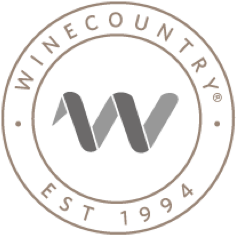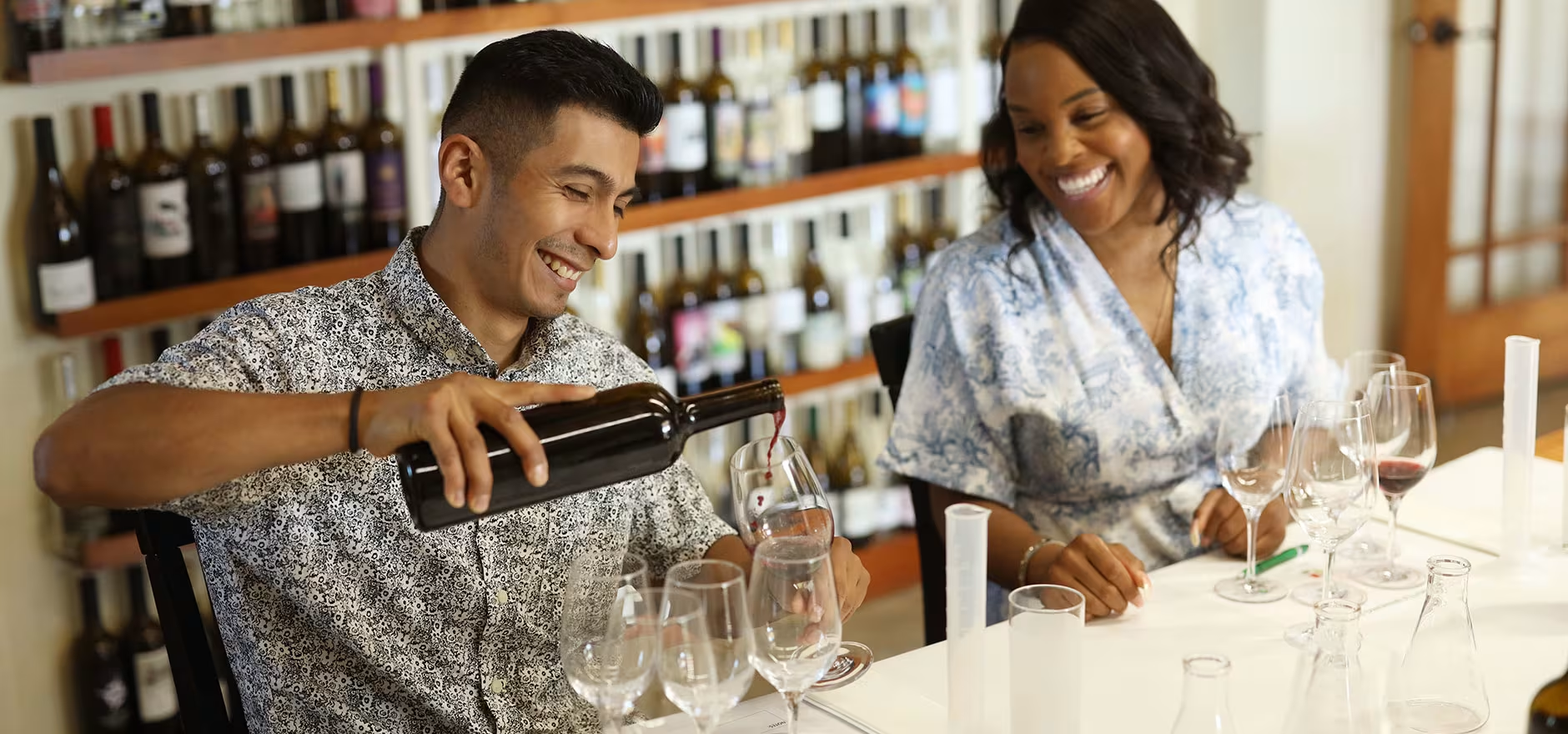Once the grapes are crushed, the resulting “must” (juice and grape solids) is allowed to rest. Fermentation can happen naturally with wild yeasts, or winemakers might add specific strains to control the process. Yeast is what transforms grape juice into wine by converting sugar into alcohol—a key moment in winemaking!
From there, winemakers use a variety of techniques depending on the desired style of wine, such as malolactic fermentation, lees aging, or filtering and fining. It’s a complex process, but it’s all worth it for that perfect bottle of wine.
Conclusion
Next time you sip your favorite bottle of wine, think about all the steps that brought it to your glass. From the vineyard to the crush pad, to the fermentation tanks and beyond, a lot of work (and love) goes into every bottle. And if you ever get the chance to visit Wine Country during crush season, don’t miss out—it’s an incredible experience that truly brings the winemaking process to life. Speaking of, if you are thinking about visiting, here are some helpful resources to aid in your planning:
Sonoma County Harvest Guide | Napa Valley Harvest Guide | Best Ways to Travel to Napa & Sonoma | Most Luxurious Hotels in Napa



















